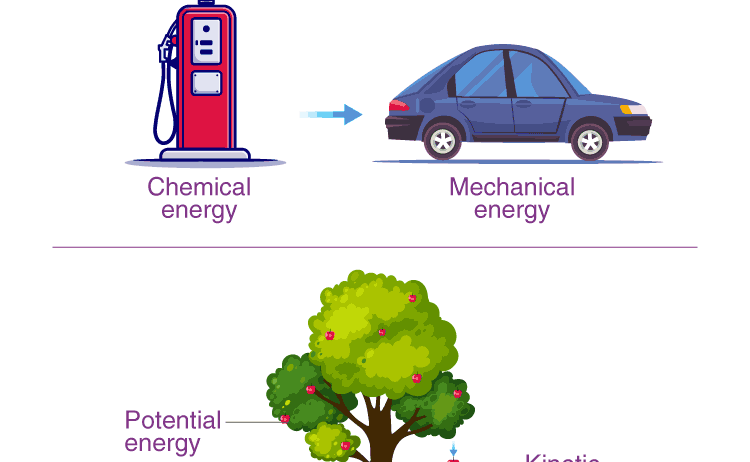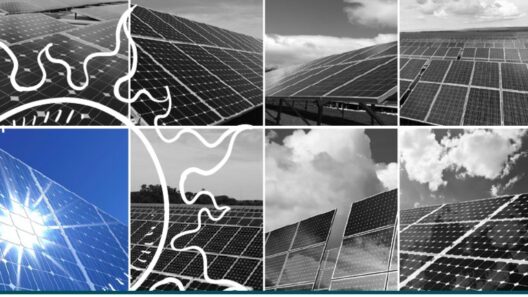Understanding the Law of Conservation of Energy is fundamental for students and professionals alike, particularly in science and engineering disciplines. This law posits that energy cannot be created or destroyed; it can only change forms. As you ponder this principle, one might ask: How can we navigate the complexities of this fundamental law to solve various energy-related problems? This query opens the door to a multitude of methodologies that can elucidate the essence of conservation principles.
To effectively tackle problems concerning the Law of Conservation of Energy, one must first familiarize oneself with the basic principles that govern energy transformations. The most common forms of energy include kinetic, potential, thermal, chemical, and electrical energy. A robust understanding of each type allows individuals to manipulate these concepts and apply them to diverse scenarios.
1. **Identify Energy Types**: The initial step in solving energy problems involves correctly identifying the types of energy present in any given scenario. For example, consider a classic physics problem of a ball rolling down a hill. Initially, the potential energy of the ball is at its maximum at the top of the hill. As it descends, potential energy transforms into kinetic energy. Being able to discern these types at various stages is crucial for further calculations.
2. **Use Energy Equations**: After identifying the types of energy, the next phase involves applying the relevant equations. For instance, the potential energy (PE) can be calculated using the formula PE = mgh — where ‘m’ represents mass, ‘g’ denotes gravitational acceleration, and ‘h’ indicates height. In contrast, kinetic energy (KE) can be derived from KE = 1/2 mv². Once energy types are identified and equations understood, one can begin to analyze the transitions between these energy forms.
3. **Apply Conservation Principles**: A principal technique in solving conservation problems is to apply the conservation equation itself. In scenarios devoid of non-conservative forces, such as friction, the total energy before an event (like a fall) should equal the total energy after. Mathematically, this can be expressed as:
PE_initial + KE_initial = PE_final + KE_final
This equality allows one to establish relationships among different energy states at various points in a problem, aiding in the determination of unknown variables.
4. **Utilize Energy Diagrams**: Energy diagrams serve as visual tools to comprehend energy flow in a system. They depict the transition from potential to kinetic energy and vice versa. Visualizing problems can make complex interactions more comprehensible, solidifying one’s understanding of energy transformations. When drawing energy diagrams, be meticulous in indicating energy types at different points, as it lays the groundwork for subsequent calculations.
5. **Incorporate Units and Conversion Factors**: Grasping the significance of units in energy problems is crucial. Typically, joules (J) are the standard unit for energy in the International System of Units (SI). However, occasionally energy may be presented in alternative units like calories or kilowatt-hours. Recognizing the necessity for unit conversion forms the bedrock of accurate calculation. A simple conversion can alter the trajectory of your solution, making attention to detail imperative.
6. **Account for Energy Losses**: When solving real-world problems, it’s vital to acknowledge the presence of non-conservative forces such as friction and air resistance. These elements contribute to energy losses, rendering scenarios more intricate. One effective technique is to factor in an energy loss term into the conservation equation, like so:
PE_initial + KE_initial = PE_final + KE_final – Energy_lost
This adjustment offers a more realistic portrayal of energy dynamics within a system, especially in industrial applications.
7. **Analyze Systems in Stages**: Breaking down a system into stages can facilitate a more lucent approach to problem-solving. By analyzing each segment of energy transformation step-by-step, you can gather more detailed insights. For example, consider the trajectory of a pendulum. Initial position, midpoint, and endpoint all embody different energy states, and dissecting each phase aids in unraveling the comprehensive energy narrative.
8. **Explore Real-World Applications**: Bridging abstract concepts to pragmatic reality can enrich understanding. Consider renewable energy systems, such as solar panels. Here, sunlight’s energy is captured (thermal energy) and converted into electrical energy for use. By analyzing such systems through the lens of the Law of Conservation of Energy—how energy is transformed and conserved—you cement the practical implications of theoretical knowledge.
9. **Simulations and Computational Tools**: Lastly, utilizing computational tools and simulations can enhance problem-solving capabilities concerning energy conservation. Platforms like MATLAB or Simulink enable users to model energy systems, visualize transformations, and conduct what-if analyses. Such tools help synthesize theoretical insights and practical applications, bolstering confidence in energy conservation problem-solving.
In conclusion, solving problems related to the Law of Conservation of Energy encompasses a plethora of techniques and methodologies. Identifying energy types, employing conservation equations, visualizing with energy diagrams, and acknowledging energy losses are fundamental steps in mastering energy dynamics. Moreover, the practicality of these concepts manifest in real-world applications, executing theory into tangible results. Thus, one is encouraged to explore and employ these strategies to not only solve energy conservation problems but also to understand the intricate dance of energy that governs our universe. Are you ready to embrace this challenge and tangle with the marvelous world of energy transformation? The answers await your exploration.








